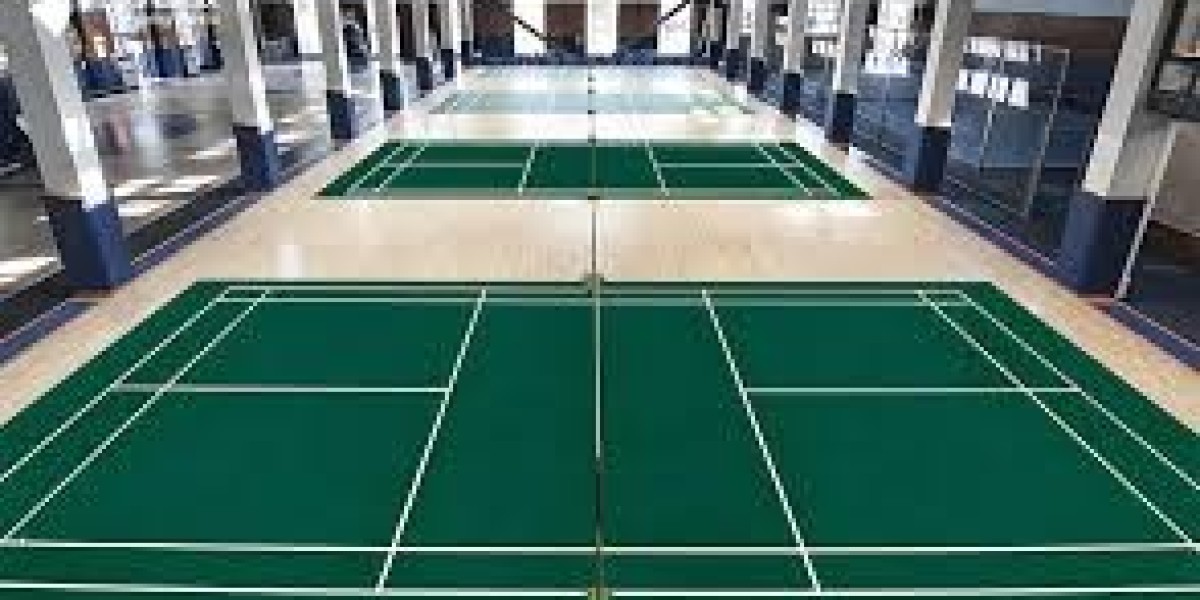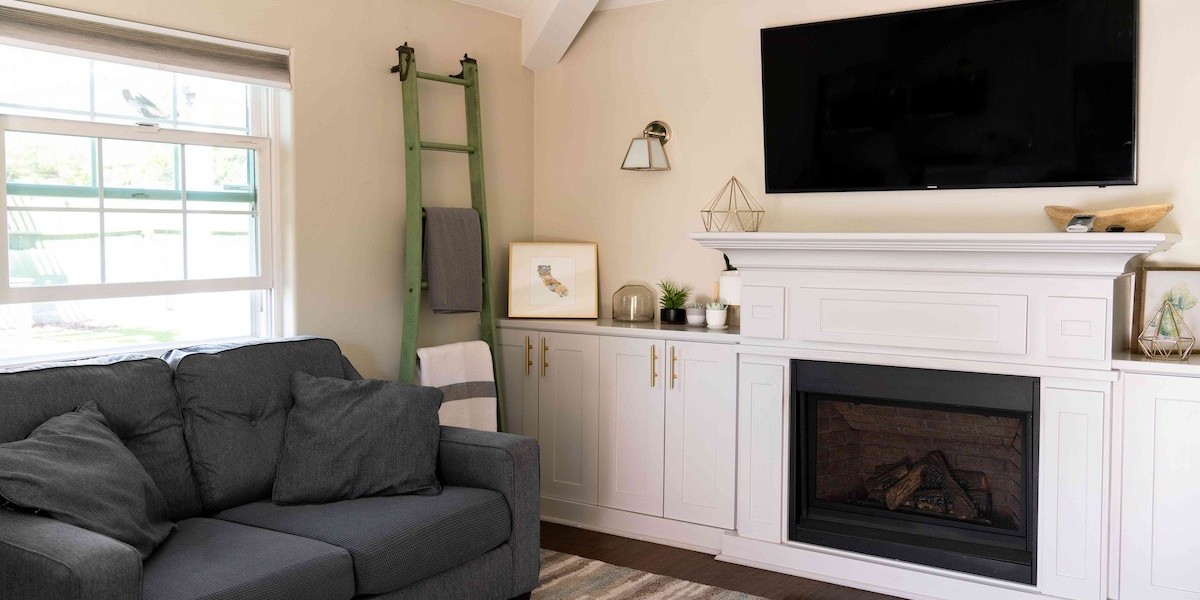In this guide, we’ll break down the official measurements, why they matter, and a few tips for setting up your own court.
Why Court Size Matters in Badminton
You might think, “It’s just a rectangle with a net in the middle—how complicated can it be?” Well, the beauty of badminton lies in precision. The badminton court area, badminton court measurement are designed to ensure that every player, no matter their skill level, plays under fair and consistent conditions.
Too small of a court, and rallies become cramped. Too large, and you’re running marathons just to hit the shuttlecock. That’s why the Badminton World Federation (BWF) has set clear international standards.
Official Badminton Court Area and Measurement
A standard badminton court is rectangular and is divided into halves by a central net. Here’s what the official numbers look like:
- Total length: 13.4 meters (44 feet)
- Total width for doubles: 6.1 meters (20 feet)
- Width for singles: 5.18 meters (17 feet)
- Net height at the center: 1.524 meters (5 feet)
- Net height at the posts: 1.55 meters (5 feet 1 inch)
The badminton court area in square meters is about 81.74 m² for doubles and around 69.4 m² for singles. These measurements include clear boundary lines that are part of the playing area.
Understanding the Markings
When you step onto a badminton court, you’ll notice several lines. They’re not just there to confuse you—they have specific purposes:
- Sidelines for singles and doubles – Singles use the narrower sidelines; doubles use the wider ones.
- Baseline (or back boundary line) – Marks the farthest back you can serve or hit the shuttle.
- Service lines – There are short service lines and long service lines to determine where a serve must land.
- Center line – Splits the service courts into left and right halves.
Every line is 40mm wide, and the thickness is included in the badminton court measurement.
Indoor vs. Outdoor Badminton Court Area
Most professional matches are played indoors to avoid wind interference. However, if you’re playing casually outdoors, you can still follow the same badminton court measurement for a balanced game. Just be aware that shuttlecocks behave differently in windy conditions, so rallies might feel faster or more unpredictable.
Flooring and Surface
The badminton court area isn’t just about dimensions—it’s also about the surface. The best courts have wooden or synthetic mats that provide good grip and shock absorption. Playing on slippery or overly hard surfaces can increase the risk of injury.
If you’re creating a court at home, consider a non-slip mat and mark lines with tape that can be easily removed without damaging the floor.
Tips for Setting Up Your Own Court
If you have the space, here’s how to make your DIY badminton court feel professional:
- Measure twice, mark once – Use a reliable tape measure to get the exact badminton court measurement.
- Choose the right net height – Even a small difference can affect gameplay.
- Use clear boundary markings – Bright tape or paint works best for visibility.
- Mind the surroundings – Keep at least 1 meter of clear space around the court for safety.
Fun Fact: Why the Lines Are So Precise
You might wonder why the badminton court area, badminton court measurement have to be so exact. The reason is that badminton is a game of inches—sometimes millimeters. A shuttlecock traveling at over 300 km/h can land right on the line, and a slight change in court size could alter match outcomes.
Conclusion
Knowing the badminton court area, badminton court measurement isn’t just trivia—it’s a key part of enjoying the sport to the fullest. Whether you’re a beginner or a seasoned player, a well-measured court ensures fair play, improves your skills, and makes the game far more enjoyable.
So next time you pick up a racket, take a moment to appreciate the precision under your feet. Because in badminton, every centimeter counts.








